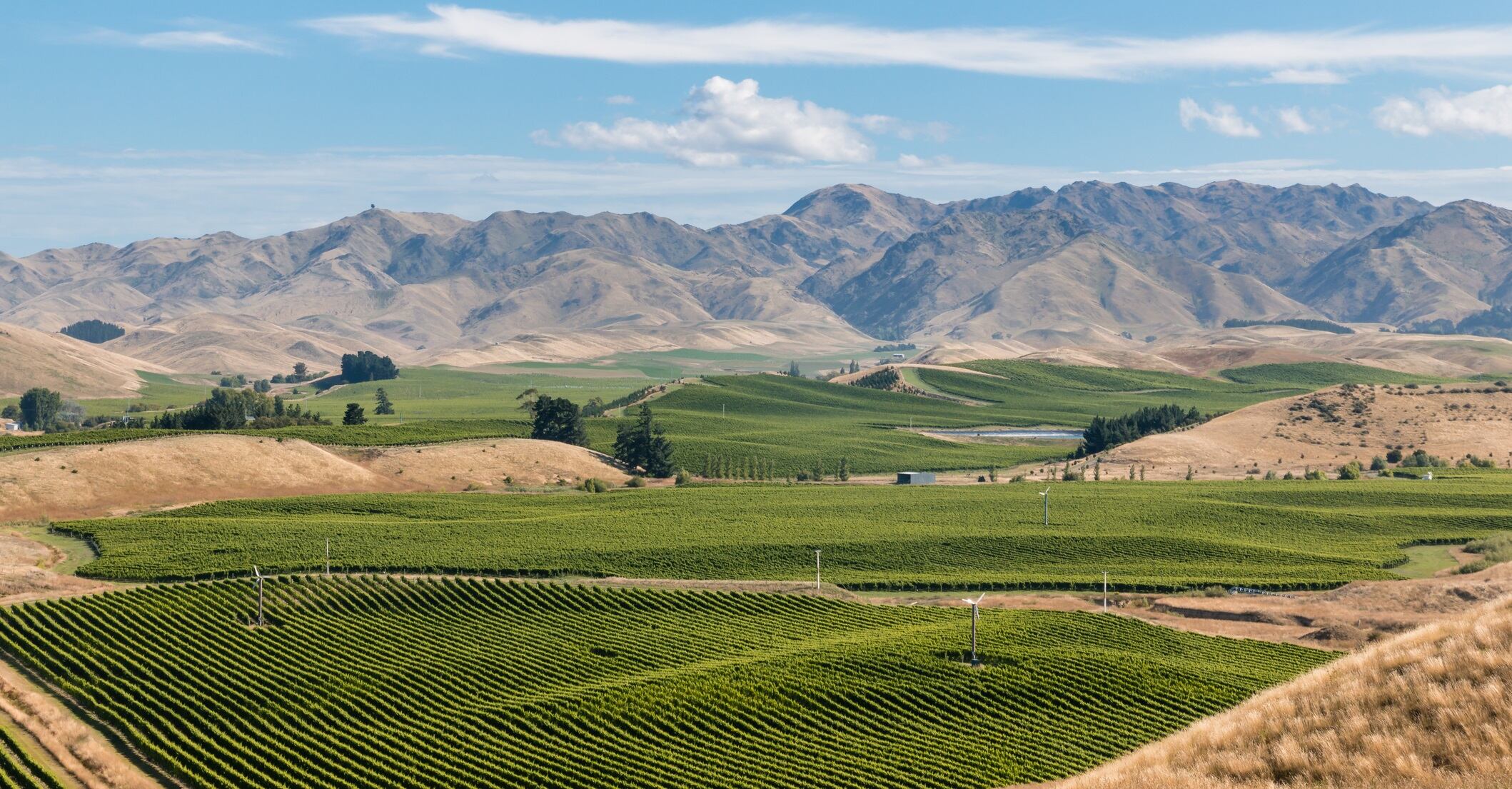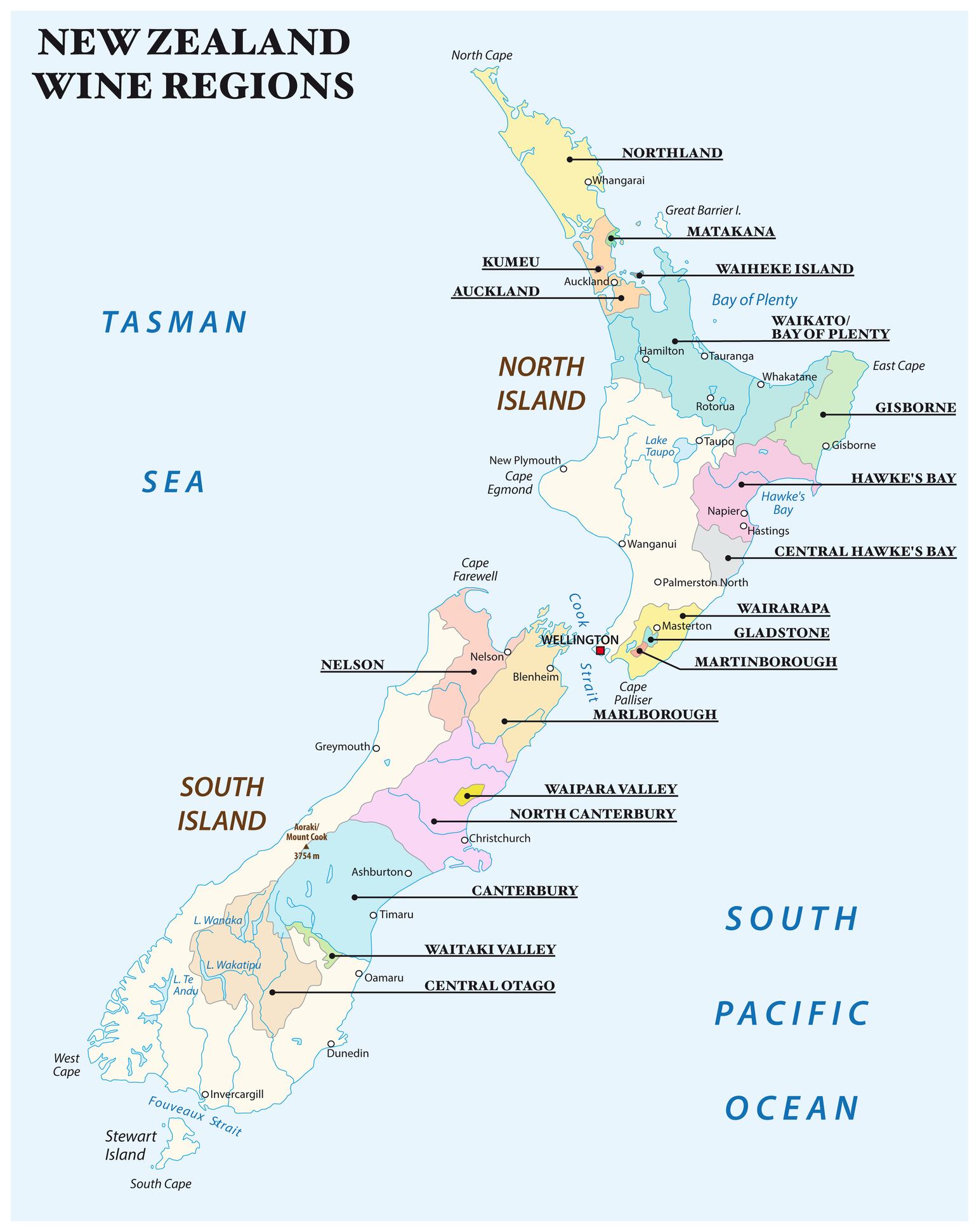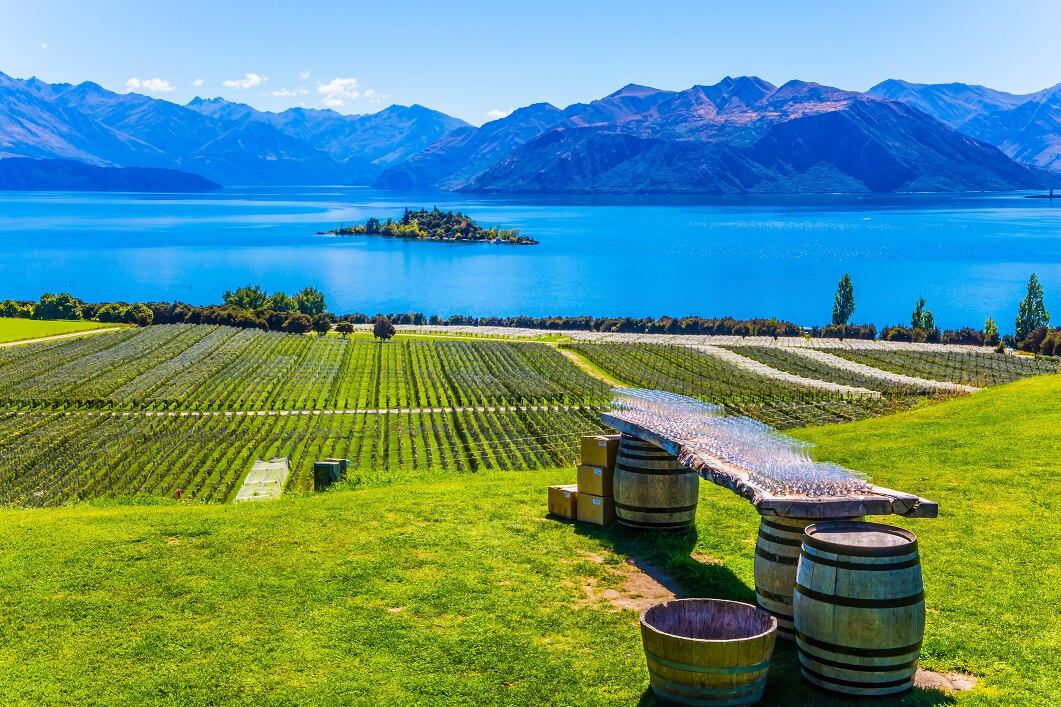New Zealand – the southern island country famed for its unspoilt natural landscapes – is unique in that it can pinpoint the day the first vines were planted. The first record of wine produced in the country followed in the 1830s. Today, New Zealand boasts more than 700 wineries.
While European wine giants have been making wine for millennia, New Zealand’s story starts just 200 years ago – making a leap from the first vines to an internationally renowned wine producer over a relatively short period of time.
Humble beginnings

Reverend Samuel Marsden, Chaplain to New South Wales (1765-1838), records September 25 1819 as the day he planted a vine in the rich grounds of the Stone Store, Kerikeri in the Bay of Islands. These pioneering vines were the very first to be planted into New Zealand soils.
James Busby, the Crown’s Resident in New Zealand, is regarded as the first winemaker, with wine recorded in the 1830s.
Throughout the 19th and early 20th century, European immigrants came to New Zealand and set up vineyards in different regions. They each contributed to the early establishment of the diverse wine regions of New Zealand. Most vineyards were planted in the 1960s and the production of wine took off: from around 4 million litres in 1960 to over 50 million litres by 1980.
It wasn’t until the 1980s, however, that the wine boom really began in earnest. Classic European grape varieties became widely available; leading the country’s Sauvignon Blancs (and later Pinot Noirs) to gain a significant presence in the international market.
“New Zealand wine started to become a real player in the late 1980s, when New Zealand wine, especially Marlborough Sauvignon Blanc, started to attract attention,” explained Philip Gregan, CEO, NZ Winegrowers.
“It first began to gain a name for itself in the UK, where it was taken on by some of the wine retailers and critics, such as Oz Clarke, who created a buzz around this now-famous variety.”
Sauvignon Blanc is now the most widely planted variety, accounting for 76% of total production, followed by Pinot Noir and Chardonnay.
NZ wine: A short history
September 25, 1819: Samuel Marsden, an Anglican missionary, makes the first recorded planting of grapevines at the Bay of Islands. He plants around a hundred grapevines of different varieties, although these are soon destroyed by goats.
1830s: Scotsman James Busby produces the first recorded wine.
1940s: Duties are raised on imported wines during WW2, encouraging the NZ wine industry to expand.
1960s and 1970s: heavy investment from Australian and American companies comes into NZ, while the wine industry sees an improvement in wine quality.
1980s: the NZ government removes barriers against overseas wines, resulting in an influx of Australian wines. New Zealand wineries – up to now focused heavily on the domestic market – respond with a drive to grow exports.
1990s: New Zealand’s Sauvignon Blancs gain recognition on the world stage: and now account for 76% of production.
New Zealand exports
Today, the New Zealand wine industry is powered by the value of its exports.
Until the 1980s, New Zealand’s wineries primarily served the domestic market. But then the NZ government removed barriers against the import of overseas wines, resulting in an influx of Australian wines.
While NZ wine makers faced heavy domestic losses as a result, they created a new focus on exporting their products abroad – a strategy that has only grown in success since. That came with increased awareness and reputation of the quality of New Zealand wines, and the association with its flagship Sauvignon Blanc variety.
In 1990, exports were worth $18m NZD; today exports are worth $1.83bn. And exports are still growing: with the figure set to hit $2bn by 2020.
The US is the largest export market, worth NZ $560m FOB ($356m USD) and growing at 7%. This is followed by the UK ($434m NZD), Australia ($366m NZD), Canada ($132m NZD) and Germany ($44m NZD). And these markets all continue to grow.
Exports reach some 267 million litres in volume and are still growing – compared to declining domestic sales volume which stand at 50.8 million litres.
“The New Zealand wine industry punches well above its weight on the global stage,” said Gregan. “We produce less than 1% of the world’s wine, but we have an international reputation for premium, diverse and sustainable wines, and reached a record $1.83bn in export value this year.
Sustainable future
Over 98% of New Zealand’s vineyard producing area is Sustainable Winegrowing New Zealand (SWNZ) certified – unmatched by any voluntary scheme around the world.
This is a key aspect of New Zealand’s wine industry that will help it continue to hold its reputation over the next 200 years, said Gregan.

New Zealand’s wine regions span 1,600km from subtropical Northland (36° S) down to Central Otago (46° S).
No vineyard is more than 120km from the ocean, benefiting from the moderating effect of a maritime climate. Most wine regions are found on the eastern coastlines, in the rain shadow of the mountains.
Situated at the top of South Island, Marlborough is the largest region, with more than 20,000ha of vines (around two thirds of the nation’s total).
Other key regions are Hawke’s Bay, Central Otago, Gisborne, Canterbury & North Canterbury, Wairarapa, Nelson, Auckland, Northland, Waitaki Valley and Waikato & Bay of Plenty.
A point of pride for the NZ wine industry is the diversity of wine varieties and styles, from character of each region to the varieties of grapes used.
“We are committed to protesting the places the makes our famous wines, with our Sustainable Winegrowing New Zealand widely recognised as a world-leading sustainability programme, and it was one of the first to be established in the international wine industry.
“Today, 98% of New Zealand’s vineyard producing area is Sustainable Winegrowing NZ certified, with another 7% operating under recognised certified organic programmes.
"Our ongoing investment in the Sustainable Winegrowing NZ programme and strong commitment to biosecurity remain key activities in continuously improving economic, environmental and social outcomes.”
Introduced commercially in 1997, SWNZ ensures members ‘meet international standards for sustainability practices while helping the environment, businesses and local communities to thrive’.
The SWNZ programme is based on guidelines issued by the International Organisation of Vine and Wine (OIV), and provides ‘best practice’ models for environmental practices in the vineyard and winery.
Standards cover seven pillars: biodiversity; soil water and air; energy; chemicals; by-products; and business practices.
For example, members are expected to foster biodiversity to enable biological control of pests, diseases and weeds as a substitute for chemical pesticides; and enact a soil management plan.
Pictures: Getty/kavram; Getty/patrikstedrak; Getty/rainer lesniewski.

